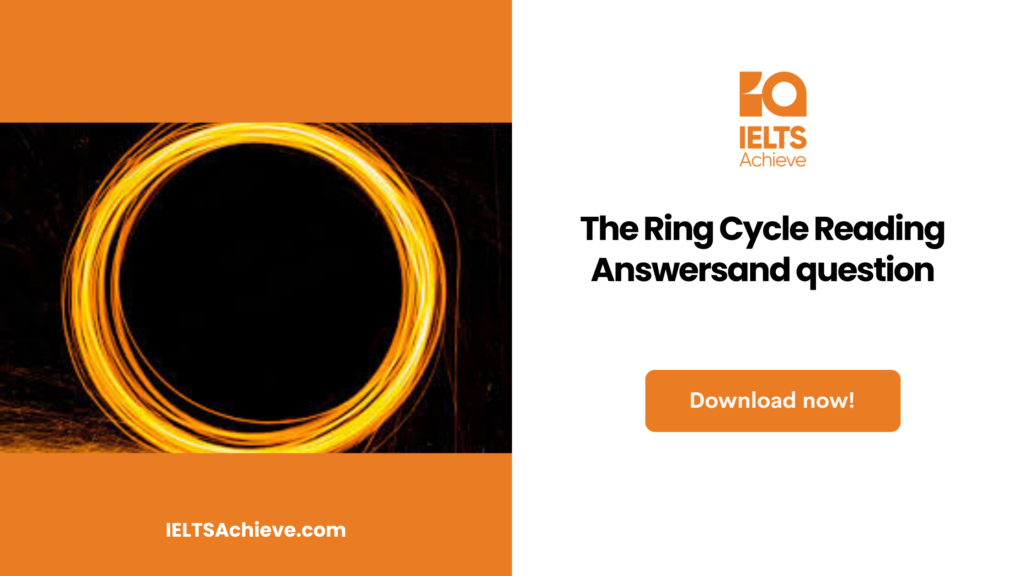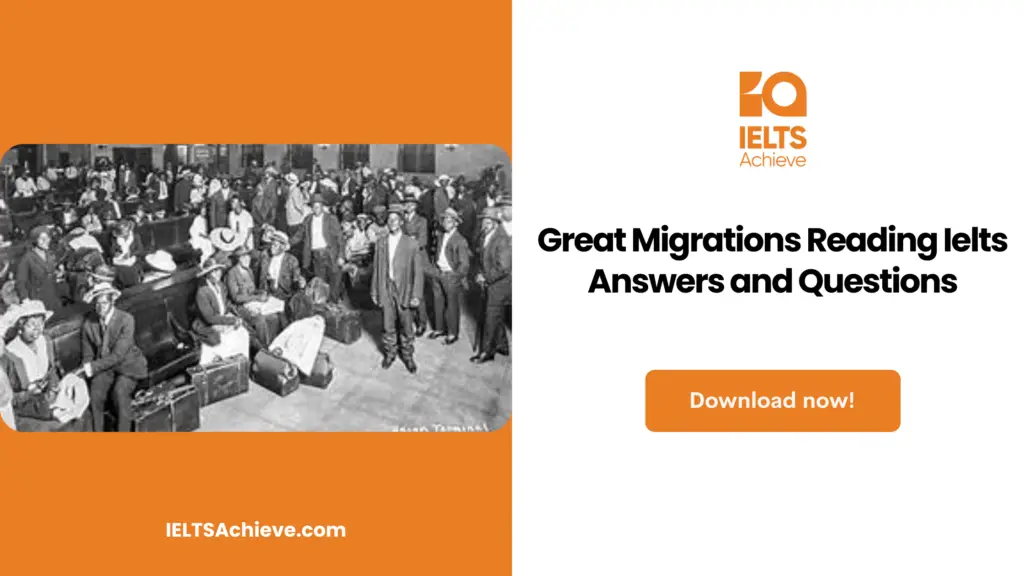The Blog post contains the following IELTS Reading Questions:
- IELTS reading true false not given
- IELTS reading summary completion
- IELTS reading multiple choice questions
Stay informed and prepared for success – Explore our comprehensive Reading Test Info page to get valuable insights, exam format details, and expert tips for mastering the IELTS Reading section.
IELTS Reading Passage: Seed Hunting
Seed Hunting
A story by Dough Alexander about scientists racing against time to save the world’s flora before a predicted loss of a quarter of its plant species in the next 50 years. They explore the world’s jungles, woodlands, and savannas, visiting all four corners. However, they are not on the hunt for priceless antiquities or hidden vaults of gold. Isolated containers only. Seed hunting may not have the mystique of archaeology or the thrill of pursuing a trophy animal, but it’s becoming a more and more serious industry nonetheless. Some seed hunters work for biotechnology businesses, pharmaceutical enterprises, or private corporations looking to develop new medicines or crops. Some people are collectors because they want to save endangered plants from going extinct.
John Tradescant, an English royal gardener, was an early pioneer in this search for rare plants and seeds, which he brought back from his travels in the early 1600s. English botanist Sir Joseph Banks, who was the first director of the Royal Botanic Gardens at Kew and who accompanied Captain James Cook on his voyages toward the end of the 18th century, felt compelled to send botanists around the world at his own expense to increase the size of his collections.
While the excitement of new discoveries may have faded, the imperative to protect our natural heritage for future generations remains. Dr. Michiel van Slageren, a jovial Dutchman who occasionally wears a wide-brimmed hat in the field and could be mistaken for the movie hero Indiana Jones, is driven by this modern purpose. Together with three other seed hunters, he is part of an international effort to preserve the world’s most imperiled wild plant species by storing 80 million pounds worth of seeds in the Millennium Seed Bank.
Modern glass and concrete make up the group’s headquarters on the expansive 200-hectare Wakehurst Place Estate in rural West Sussex. There are 260 million dried seeds from 122 nations stored in its underground deep vaults at -20 degrees Celsius so that they will last for centuries. Nearly all of Britain’s 1,400 native seed-bearing plants are included among the 5,100 species listed here, making this the most comprehensive collection of any country’s flora.
The Royal Botanic Gardens oversee the Millennium Seed Bank, which is the largest collection of wild plant seeds in the world. It has set a goal of gathering 24,000 species by 2010. Because of human activity, over 25% of all plant species are threatened with extinction and may disappear entirely within the next half-century. As a species, we are destroying habitats at an unprecedented rate, and in the last 400 years, the rate at which plant species have disappeared is roughly 70 times higher than what is seen as ‘normal’ in the geological record. One billion additional hectares of undeveloped land are expected to be turned into agriculture in developing countries over the next 50 years, according to experts.
All of the ramifications of this loss are monumental. Plants not only provide food crops but also serve as a primary source of fuel and building materials in many regions of the world. They safeguard soil and aid in temperature regulation. The world over, however, plant species are being wiped out before their potential advantages are even fully understood.
The number of endangered species, already estimated at 5,714 by the World Conservation Union, is undoubtedly far more. There are 300 species of wild plants in the UK that are considered to be critically endangered. In the event that a plant species become extinct in the wild, the Millennium Seed Bank will keep its genetic material safe so that it can be reintroduced. Saved seeds can be used to replant areas of the ecosystem that have been damaged or destroyed, or they can be employed in research to uncover unanticipated medical, agricultural, or industrial benefits.
Dr. Paul Smith, a fellow seed hunter at Kew, says that seed banks are an insurance policy to preserve the world’s plant history. He claims that farmers were the ones who first came up with methods to preserve seeds. As Smith puts it, “Storage is the basis of what we do, conserving seeds till you can use them just as in farming,” thus there’s no cause for any plant species to go extinct in the modern era. But he concedes that identifying, naming, and classifying all the plants in the world is the greatest obstacle. And sooner or later, somebody has to go out and collect these seeds. He claims that “not many individuals are doing this.” Knowing the local flora is essential, but it takes time to learn about each species.
Roughly 1,470 seedbanks can be found at various locations throughout the world, housing a total of 5.4 million samples, out of which only about 2 million are likely to be truly unique. Some banks attempt to protect wild species, however, only 15% of all banked plants are wild. Most banks maintain genetic material for agricultural usage to sustain crop diversity.
Due to a shortage of capital, several seed banks are in danger. While the quantity of plant samples had increased in two-thirds of the countries, the budget had been reduced in a quarter and stayed flat by another 35%, according to a study conducted last year by Imperial College, London. The Global Conservation Trust was established by the Food and Agriculture Organization of the United Nations and the Consultative Group on International Agricultural Research to generate US $260 million to ensure the security of seed banks around the world.
Unlock your full potential in the IELTS Reading section – Visit our IELTS Reading Practice Question Answer page now!
Recommended Questions:
Renewable Energy IELTS Reading Question with Answer
IELTS Reading Questions: Seed Hunting
Questions 1-6
Do the following statements agree with the information given in the Reading Passage?
In boxes 1-6 on your answer sheet, write
TRUE if the statement is true
FALSE if the statement is false
NOT GIVEN if the information is not given in passage
Researchers utilize a method that is quite similar to what farmers do while storing seeds.
Financial constraints are a common barrier to expanding seed conservation efforts.
The only way to conserve endangered plant species is through technological advancement.
The modern reason for collecting seeds was not the same as the historical one.
The spread of cropland into undeveloped areas is a key cause of concern regarding the extinction of plant species.
When it comes to seed banks, the Millennium Seed Vault is the oldest.
Enhance your skills in identifying information as True, False, or Not Given. Click here to discover expert strategies and techniques for mastering this question type in the IELTS Reading section.
Questions 7-11
Complete the following summary of the paragraphs of Reading Passage, Using NO MORE THAN THREE WORDS from the Reading Passage for each answer.
Write your answers in boxes 7-11 on your answer sheet.
For the sake of preserving 7. _________________ species, some people collect seeds;
While others seek the seeds for their 8. _____________________ potential. One title for them is seed hunters. Gardeners and botanists made up the 9.______________________ of them, one such as 10._________________________, who provided collectors with funding from his own personal means.
The collected seeds are typically kept in seed banks, such as the well-known “millennium seed bank,” where they are kept in a cold location such as the 11._________________________.
Boost your performance in Summary, Notes, Table, and Flowchart Completion tasks. Click here to explore our detailed guide and learn how to effectively complete summaries, notes, tables, and flowcharts in the IELTS Reading section.
Questions 12-13
Choose the correct letter, A-E. Write your answers in boxes 12-13 on your answer sheet.
Which TWO of the following are provided by plants to humans?
- Energy
- Commercial products
- Clothes
- Food
- Fuels
Ready to improve your performance in Multiple Choice Questions (MCQs)? Click here to access our comprehensive guide on how to tackle MCQs effectively in the IELTS Reading section.
Unlock your full potential in the IELTS Reading section – Visit our IELTS Reading Practice Question Answer page now!
Recommended Questions:
Renewable Energy IELTS Reading Question with Answer
Seed Hunting reading answers
1. True
2. True
3. False
4. True
5. True
6. Not Given
7. Extinct
8. Pharmaceutical
9. Pioneer
10. John Tradescant
11. Underground vaults
12. D
13. E

We hope you found this post useful in helping you to study for the IELTS Test. If you have any questions please let us know in the comments below or on the Facebook page.
The best way to keep up to date with posts like this is to like us on Facebook, then follow us on Instagram and Pinterest. If you need help preparing for the IELTS Test, join the IELTS Achieve Academy and see how we can assist you to achieve your desired band score. We offer an essay correction service, mock exams and online courses.


